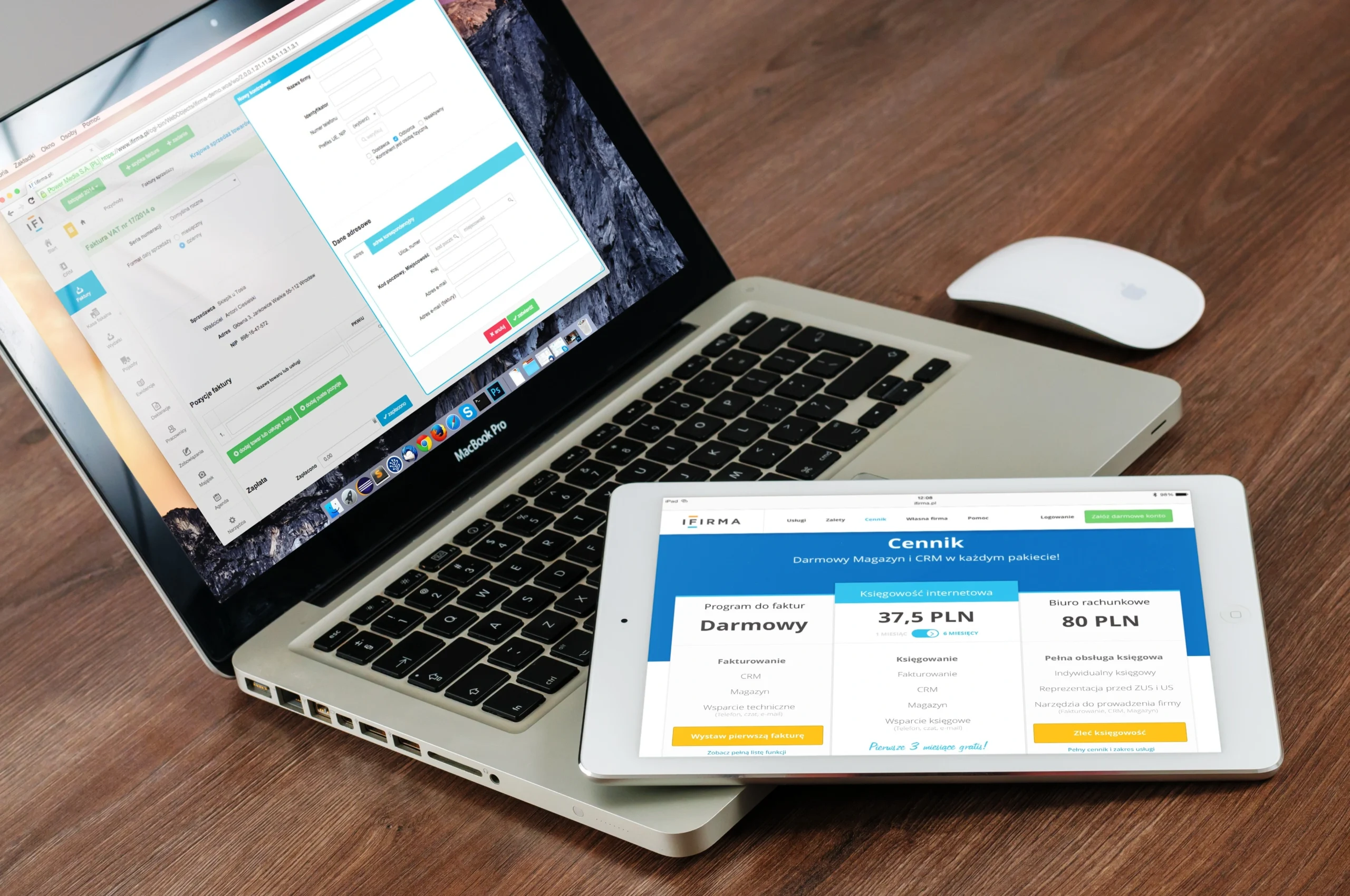Selling products online requires a different approach compared to running a simple blog. Let’s explore the key considerations when setting up an eCommerce website and understand why the design costs are higher.
First, it’s important to clarify what we won’t cover in this article. We’re not assuming that an eCommerce website is just a single web page with PayPal buttons inserted. While PayPal buttons work well for selling a few items, we aim to take eCommerce to the next level and provide customers with a better online shopping experience.
Most modern eCommerce websites are applications that include a user interface, administration settings, database storage, and a workflow of processes. We’ll touch on some of these aspects.
The main actors in an eCommerce website are:
- The Customer: They buy products.
- The Website Owner: They ship purchased products and receive payment.
- The eCommerce Application: It serves as an interface connecting all the actors.
- The Payment Gateway: It handles payment transactions (more details later).
- The Merchant/Business Bank Account: It’s the website owner’s business bank account (more details later).
The main buying process of an eCommerce website can be described as a play with different scenes:
- The customer browses the product catalog.
- The customer adds products to the shopping basket.
- The customer proceeds to checkout.
- The eCommerce application contacts a payment gateway.
- The payment gateway provides a secure form for the customer to enter shipping and payment details.
- The customer securely enters the required information.
- The payment gateway contacts the website owner’s merchant bank account.
- The merchant bank account processes the payment transaction and returns control to the payment gateway.
- The payment gateway redirects the customer back to the eCommerce application.
- The eCommerce application notifies the customer about the payment status.
- The eCommerce application notifies the website owner of the purchase.
- The website owner ships the product to the customer.
These steps provide a general overview, but each one involves more detailed processes. Setting up an eCommerce application is more complex than creating a regular blog-style website.
So, where do you start?
The first step is to consider the types of products or services you’ll sell online. Will you sell physical items that require packaging and shipping, or will you offer services? How many products or types of services will you offer? Will your target audience be local or international? Do you have seasonal products or limited stock for certain items? Do you plan to use special offers and discounts? It’s crucial to understand your product/service offerings and your potential customers’ preferences.
This leads to questions about customers and payment methods. Who are your customers, where are they located, and how will they pay? Will you accept credit cards, checks, or PayPal? Which bank account will you need to set up?
Additionally, you need to consider support-related aspects. How will you handle returned goods, refunds, and customer complaints?
When requesting a quote from a web designer, they will likely ask how many items you’re selling and to whom. The complexity of the eCommerce setup and the associated costs vary greatly depending on factors such as the number of products, the target audience, and the payment methods.
Now, let’s take a closer look at some important areas related to eCommerce applications.
The eCommerce Application can be seen as a customized Content Management System (CMS) like WordPress that specializes in managing products, services, and commerce-related functions. It splits the eCommerce website into two main parts: the front-end (shop-front) where customers browse and make purchases, and the back-end where you access an administration dashboard to manage website options, including the product catalog.
The product catalog is a crucial component of any eCommerce website design. It stores all the data about the products for sale, such as names, descriptions, prices, stock levels.
If you have any specific areas you’d like us to focus on in order to enhance your business, please don’t hesitate to contact us at sales@dinocode.net. We’ll be more than happy to assist you.




